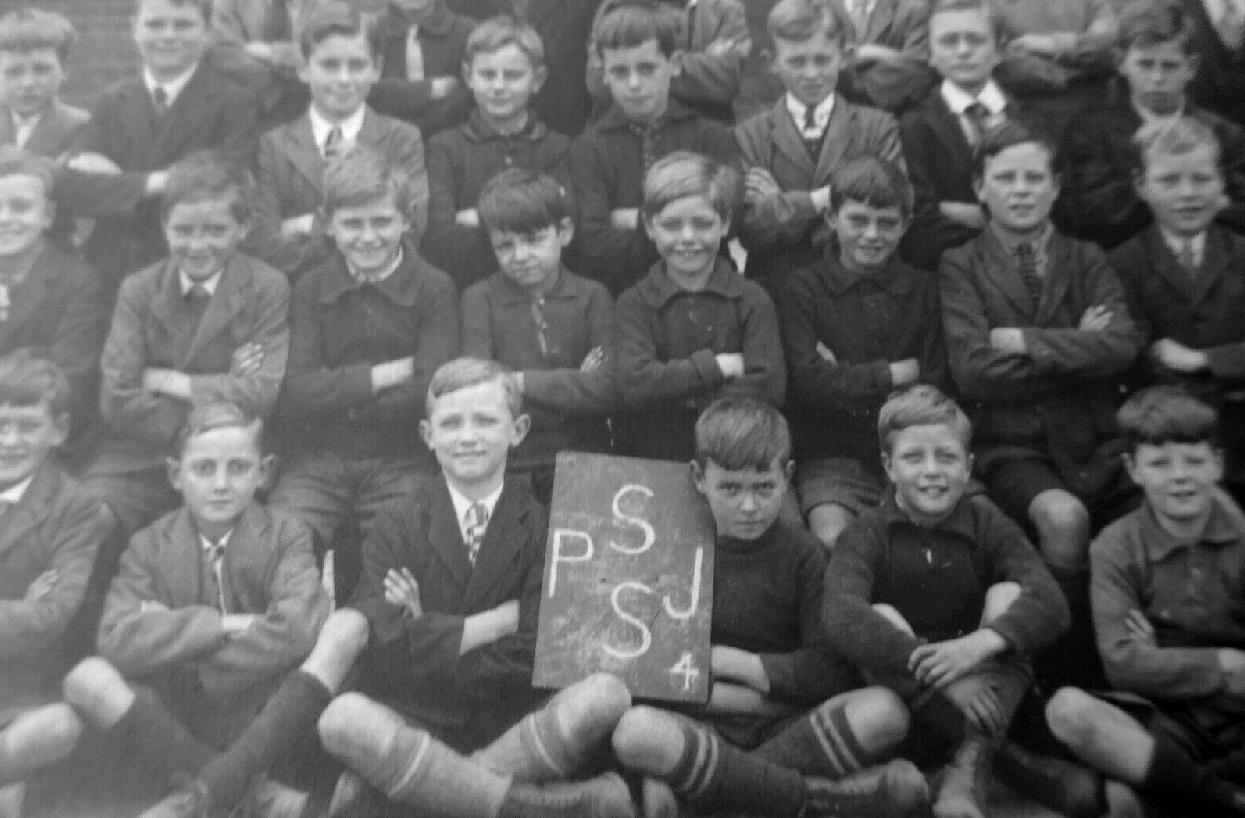
Figure 1.--Here we see a boys' school in 1926. We think it wa probably an Anglican primary. |

|
Europe has a long history of single-gender sex education which essentially meant educating boys. Europe was not unique in this regard. England over time developed many different types of school, until the 19th century, most schools were primarily for boys. The same was even more true true in Asia, the Middle East and Latin America. English schools like other European schools primarily educated boys. All of the early English schools were just for boys such as monastic song (choir) schools. Until fairly recently, very few children attended school and literacy was limited. With the Renaissance and the quickening of the medieval economy there was an increasing need to learn to read and do sums, this largely meant the boys. This began in the monastic schools. New grammar schools appeared at the end of the medieval era--bolstered by King Henry VIII's dissolution of the Monasteries. And we begin to see what the English in their own unique way called public schools -- elite private boarding schools (16th century). The Protestant Reformation (16th century) also had a significant impact on education, because Protestants believed that people needed to read the Bible. The Bible was often the only book found in homes. The The result was increased literacy, but did not mean at first that girls began to attend schools. The one exception was the Dame School. These were small, privately-run schools for younger children that appeared in Britain and its colonies (17th century). They were taught by a 'school dame', a local woman who would provide day and educate children for a small fee. [Barnard, pp. 2-4.] Most school dames had very limited educations as they had not attended any school. But the fees were low and both boys and girls attended together. This would be the only significant mixing of boys and girls in schools until the 20th century. England was a little different than several Protestant countries in that it was slow in developing a free public education system. Parishes in England began opening primary schools (19th century). Charities were also involved. These were almost all single gender schools. England finally began to create a national state school systems with the Education Act of 1870. This would include educating girls, but for the most part separately. We begin to see more coed school after World War I in the 1920s. This as far we we can tell mostly began in the state primaries. The Anglican and Catholic schools were slower to adopt coeducation. The privte schools were even slower. While there were primary schools for the girls, there were very few secondary schools. The private public schools were almost exclusively for the boys. There was ingrained resistance in the secondary schools to educating girls. These public schools could be rough places. The progressive school movement began raising the issue of coeducation (early-20th century), but this did not have a major impact until after World War II. The primary issue was increasing the size of the secondary system to provided educational opportunity for working-class children.
Related Links: Careful this will exit you from the Boys' Historical Clothing web site, but both sites are highly recommended
Boys' Preparatory Schools: A lovely photographic essay on British Preparatory Schools during the 1980s with over 200 color and black and white photographs.
Apertures Press New Zealand eBbook: New eBook on New Zealand schools is available
Apertures Press British Preparatory School eBook Volume I: New eBook on Brirish preparatory schools is available
Related Chronolgy Pages in the Boys' Historical Web Site
[The 1880s]
[The 1920s]
[The 1930s]
[The 1940s]
[The 1950s]
[The 1960s]
[The 1970s]
[The 1980s]
[The 1990s]
Navigate the Boys' Historical Clothing School Uniform Pages
[Return to the Main English School Gender Page]
[Return to the Main English School Page]
[Return to the Main School Page]
[Australia]
[France]
[Germany]
[Italy]
[Japan]
[New Zealand]
[Scotland]
[United States]
Navigate the Boys' Historical Clothing Web Page
[About Us]
[Activities]
[Chronology]
[Clothing styles]
[Countries]
[Debate]
[Economics]
[Garment]
[Gender]
[Hair]
[History]
[Home trends]
[Literary characters]
[School types]
[Significance]
[Transport and travel
[Uniform regulations]
[Year level]
[Other topics]
[Images]
[Links]
[Registration]
[Tools]
[Return to the Historic Boys' School Home]
